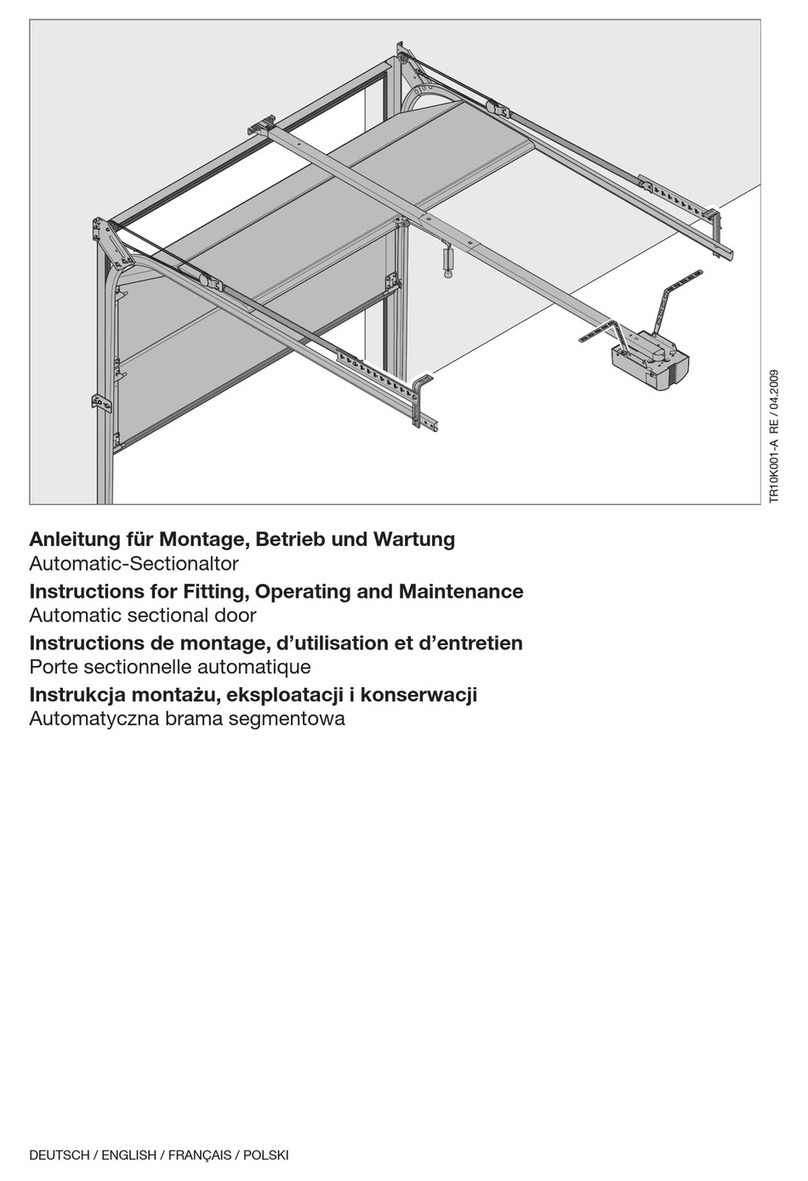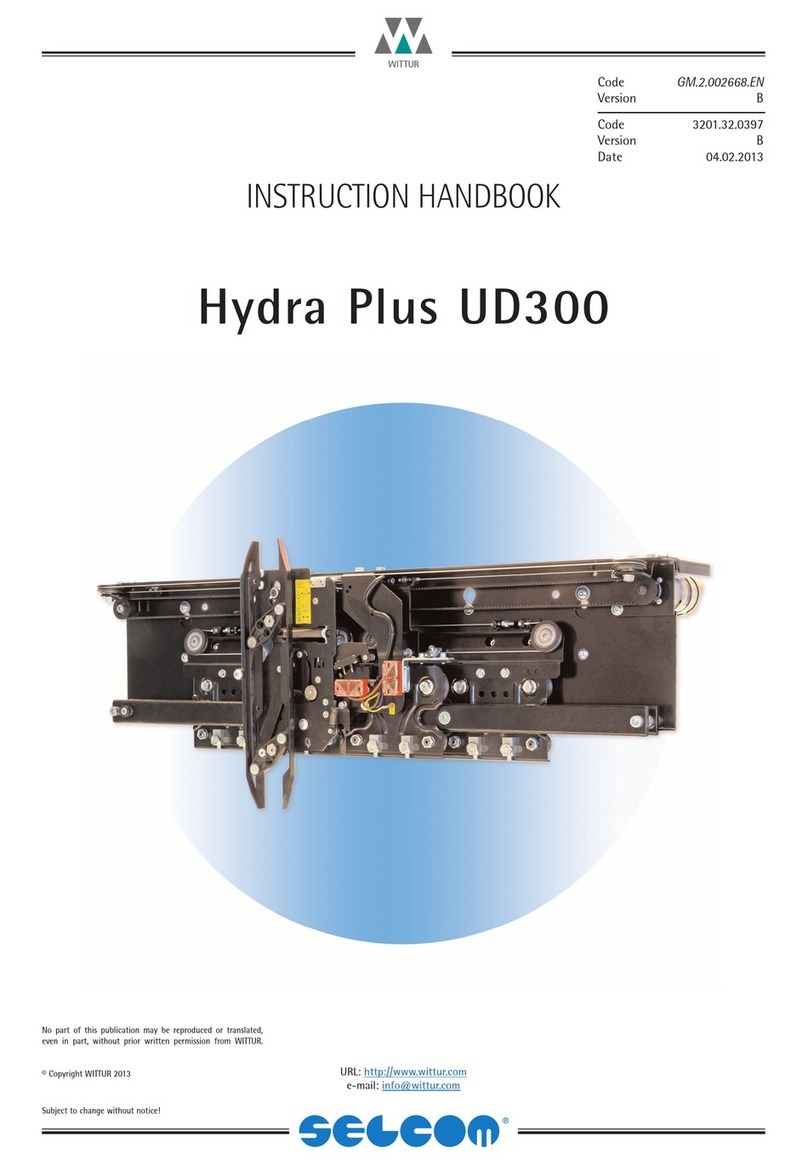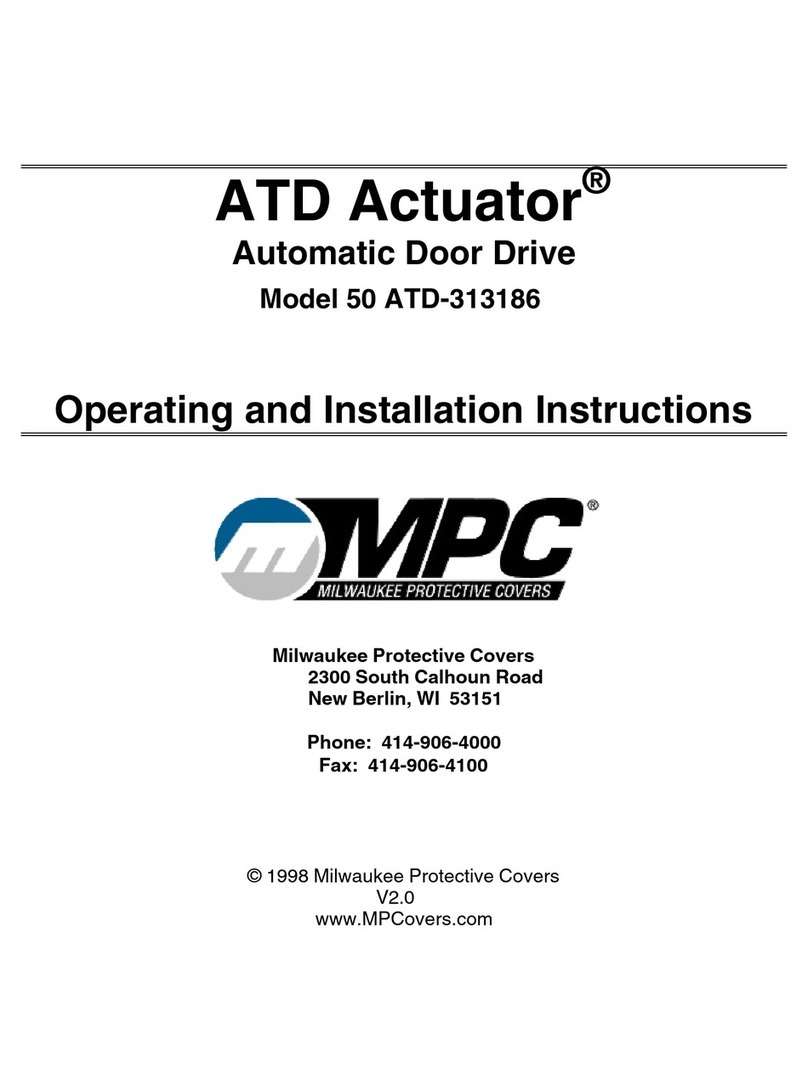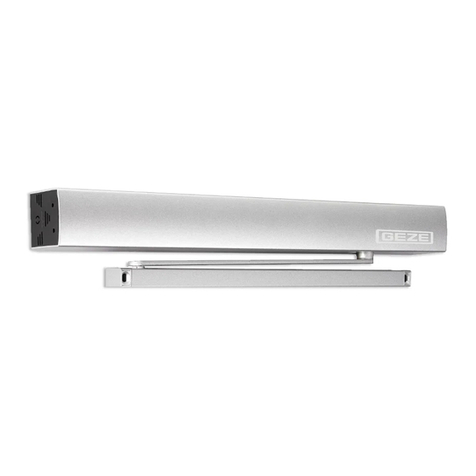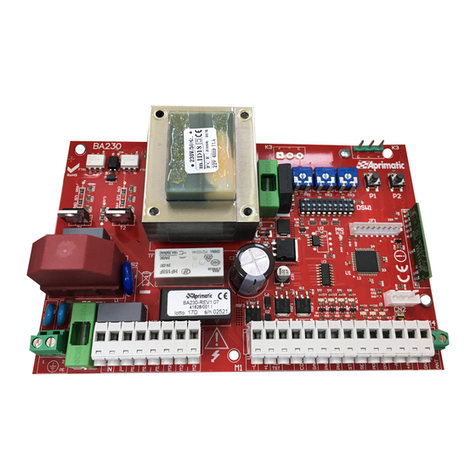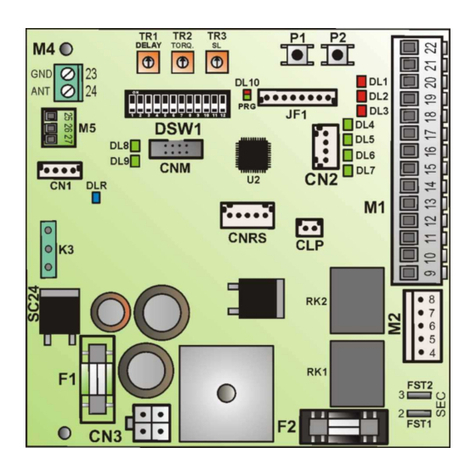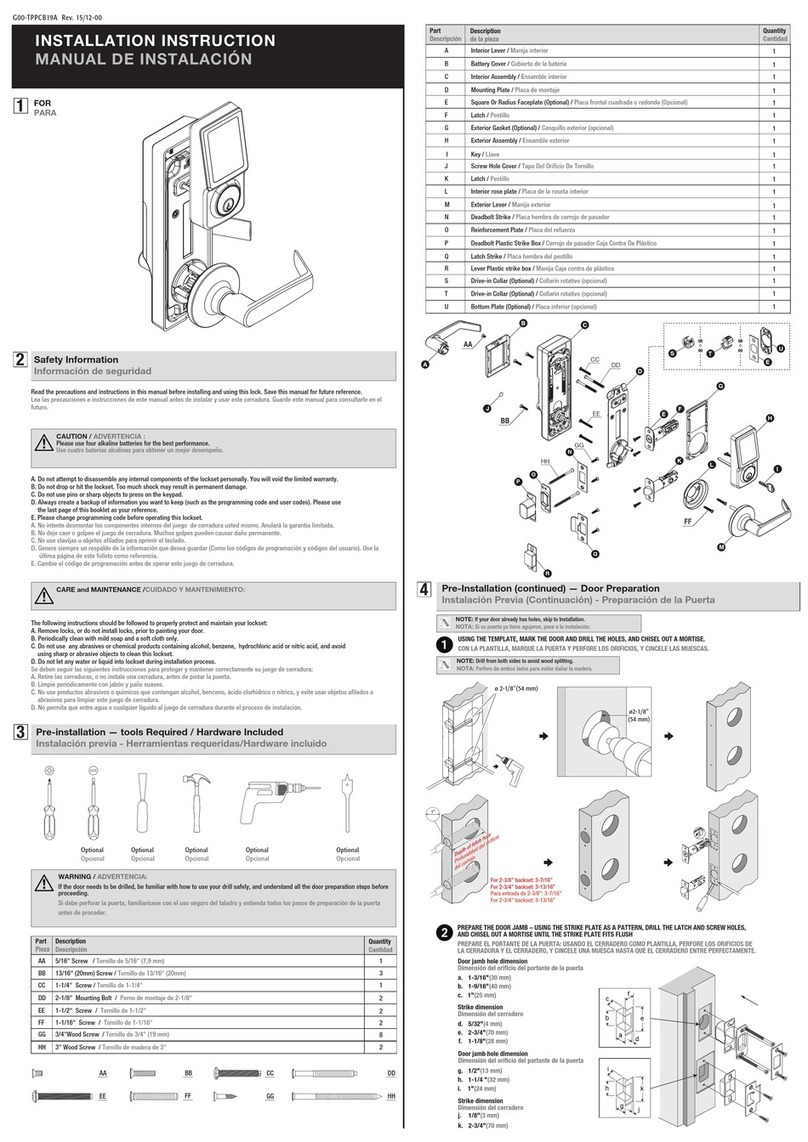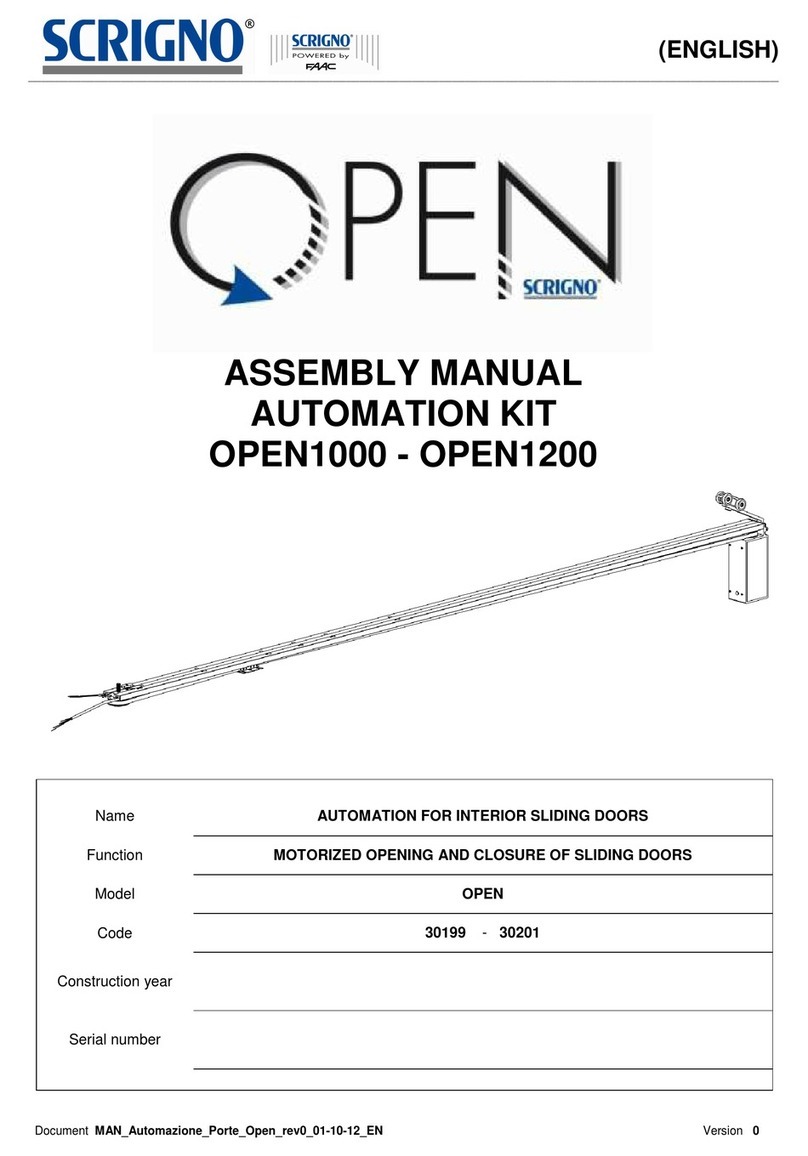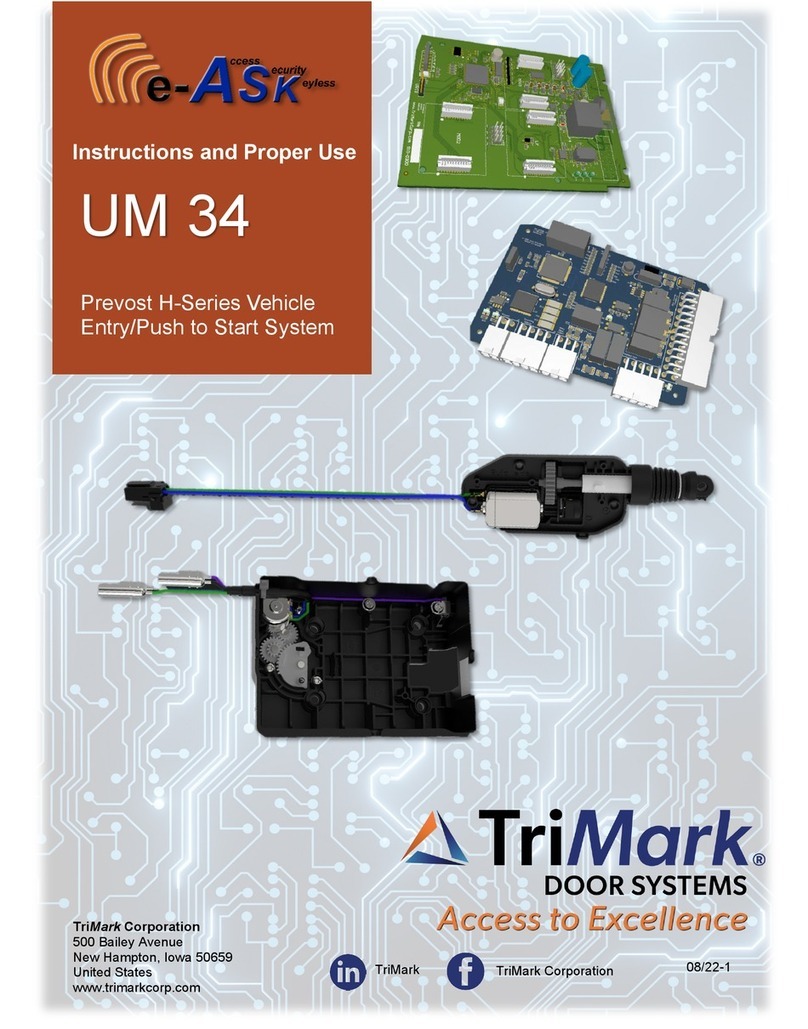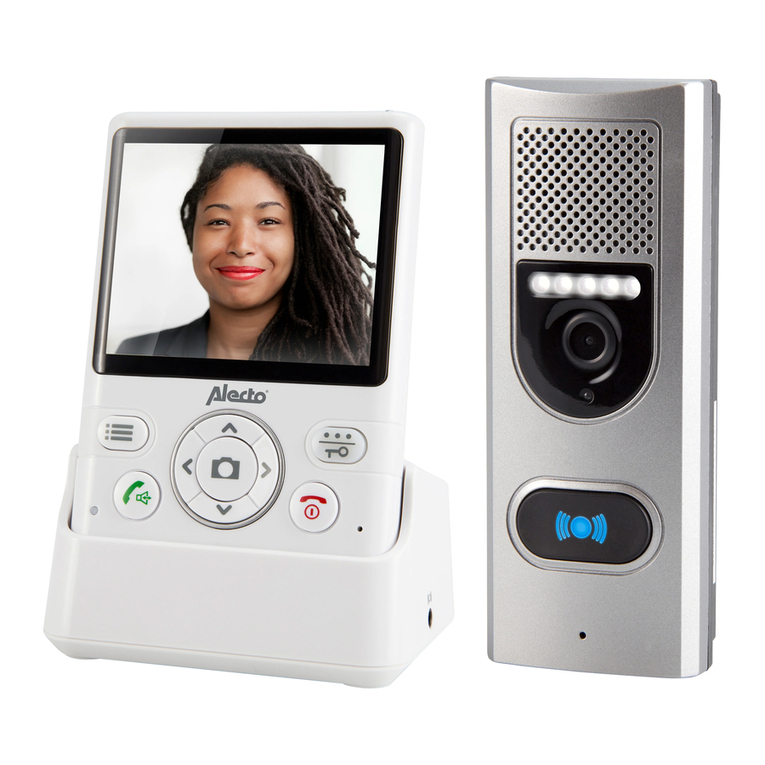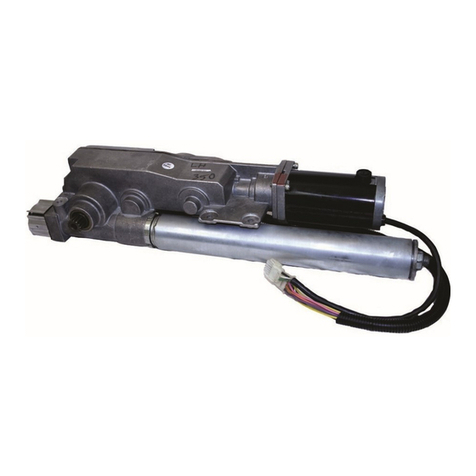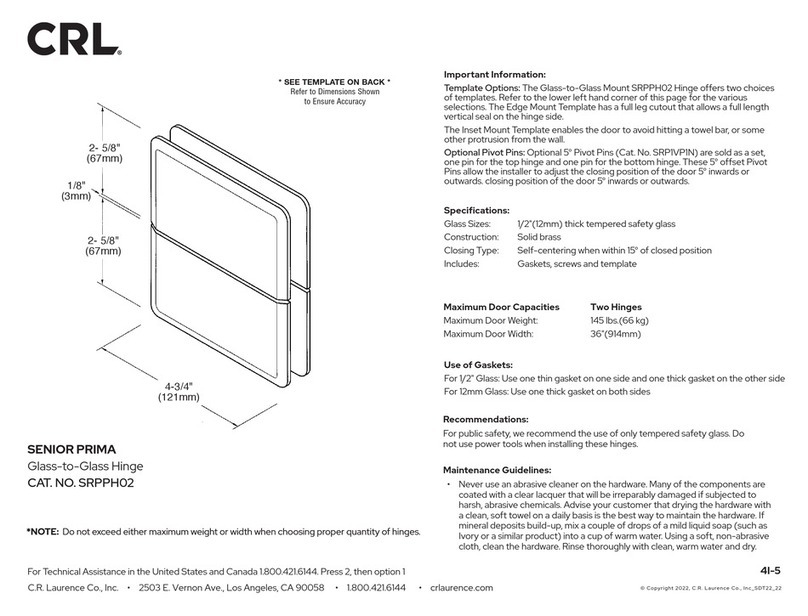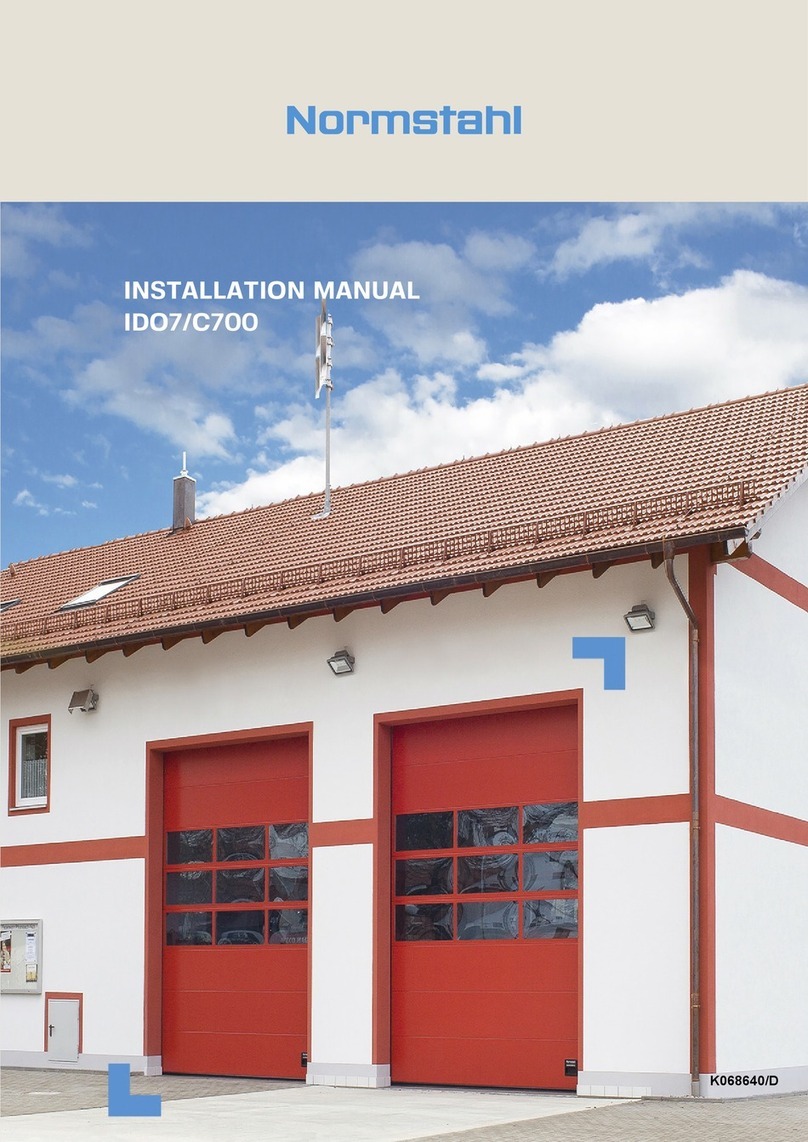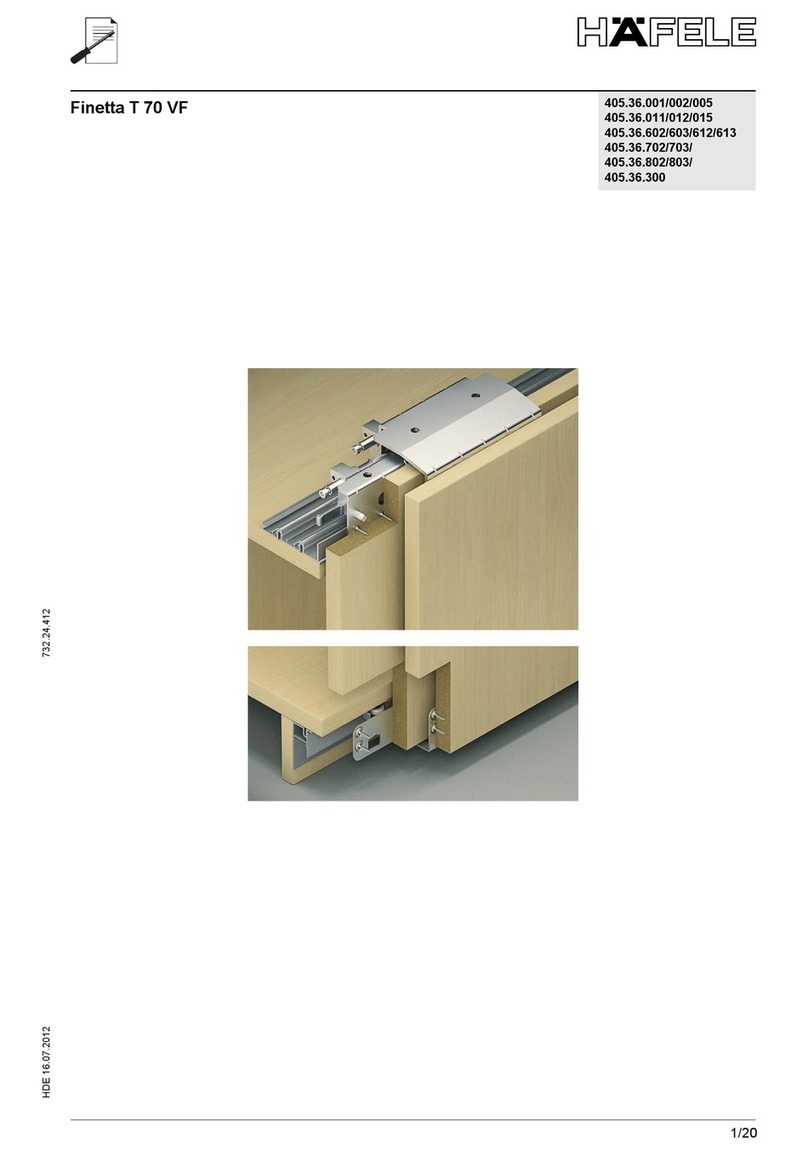
2 www.Aprimatic.it
1. INTRODUCTION
Before you begin to install or start an automatic pedestrian doors, an inspection must be carried out on site by qualified
personnel, for making measurements of the compartment wall, door and drive.
This inspection is to assess the risk and to select and implement the most appropriate solutions according to the type of
pedestrian traffic (intense, narrow, one‐way, bi‐directional, etc..), The type of users (elderly, disabled, children, etc..), in the
presence of potential hazards or local circumstances.
To assist installers in applying the requirements of European Standard EN 16005 concerning the safe use of automatic
pedestrian doors, we recommend consulting the guides E.D.S.F. (European Door and Shutter Federation) available on
www.edsf.com.
1.1 GENERAL SAFETY INSTRUCTION
This installation manual is intended for professionally competent personnel only. Before installing the product, carefully read
the instructions.
Bad installation could be hazardous. The packaging materials (plastic, polystyrene, etc.) should not be discarded in the
environment or left within reach of children, as these are a potential source of hazard.
Before installing the product, make sure it is in perfect condition. Do not install the product in an explosive environment and
atmosphere: gas or inflammable fumes are a serious hazard risk.
Before installing the automations, make all structural changes relating to safety clearances and protection or segregation of
all areas where there is risk of being crushed, cut or dragged, and danger areas in general.
Make sure the existing structure is up to standard in terms of strength and stability. Aprimatic srl is not responsible for failure
to use Good Working Methods in building the frames to be motorised or for any deformation occurring during use.
The safety devices (safety sensor, photocells, etc.) must be installed taking into account: applicable laws and directives, Good
Working Methods, installation premises, system operating logic and the forces developed by the motorised door.
Apply hazard area notices required by applicable regulations.
Each installation must clearly show the identification details of the automatic pedestrian door.
1.2 EC MARKING AND EUROPEAN DIRECTIVES
Aprimatic automations for swing pedestrian door, are designed and manufactured in compliance with the
safety requirements of the European standard EN 16005 and are CE‐marked in accordance with the
following European Directives:
Low Voltage Directive (2006/95/EC) and the Electromagnetic Compatibility Directive (2004/108/EC).
The automation APRIMATIC also include a Declaration of Incorporation according to the Machinery Directive (2006/42/EC).
Pursuant to Machinery Directive (2006/42/CE) the installer who motorises a door or gate has the same obligations as the
manufacturer of machinery and as such must:
‐prepare the technical file which must contain the documents indicated in Annex V of the Machinery Directive; (The
technical file must be kept and placed at the disposal of competent national authorities for at least ten years from the date of
manufacture of the pedestrian door);
‐draft the EC declaration of conformity in accordance with Annex ll‐A of the Machinery Directive and deliver it to the
customer;
‐affix the CE marking on the power operated door in accordance with point 1.7.3 of Annex l of the Machinery
All data and information contained in this manual have been drawn up and checked with the greatest care. However
APRIMATIC . cannot take any responsibility for eventual errors, omissions or inaccuracies due to technical or illustrative
purposes.
APRIMATIC reserves the right to make changes and improvements to their products. For this reason, the illustrations and the
information appearing in this document are not definitive.
This edition of the manual cancels and replaces all previous versions. In case of modification will be issued a new edition.
